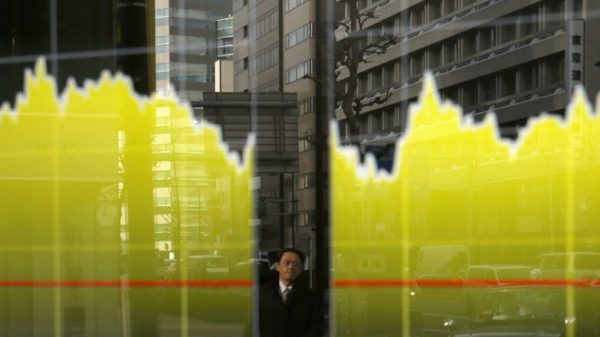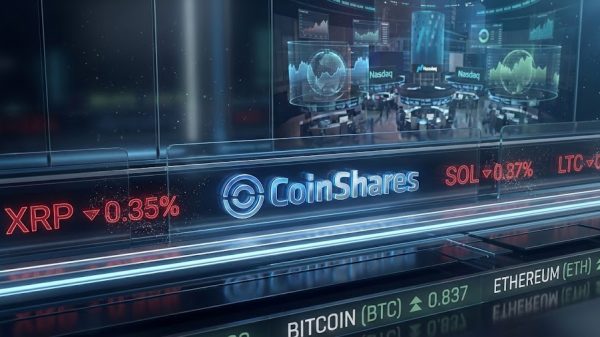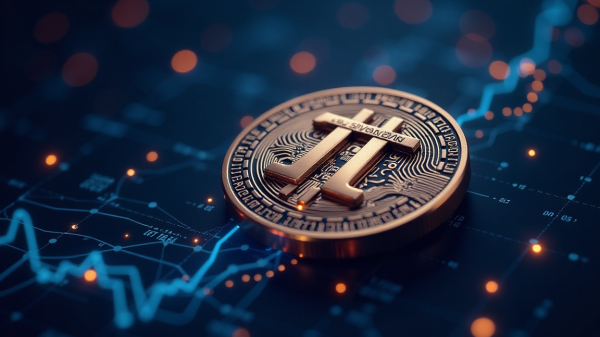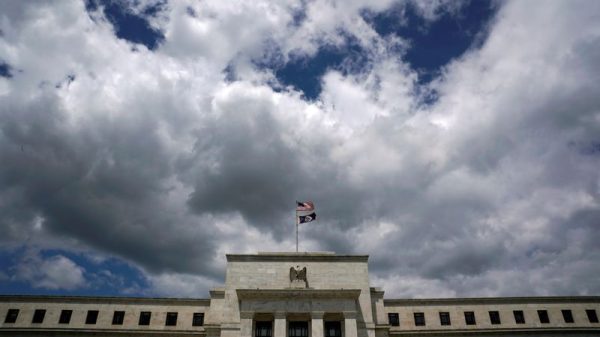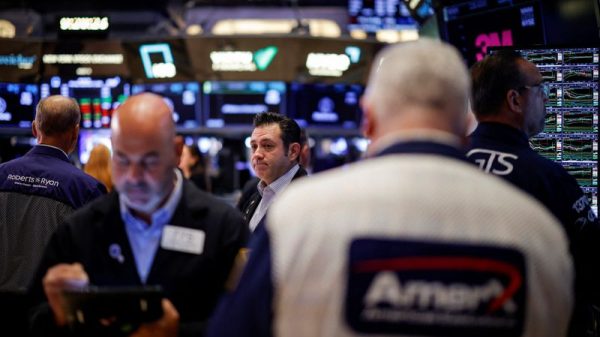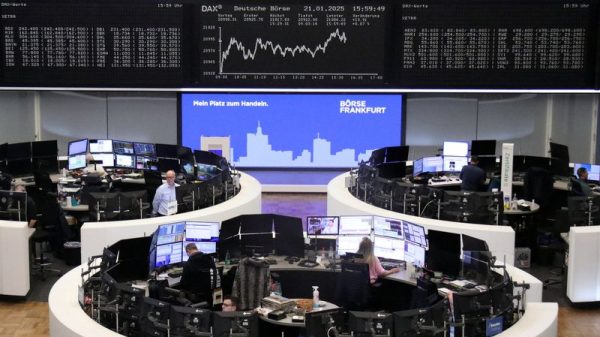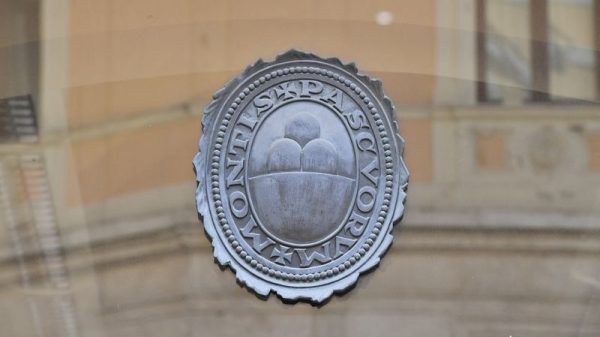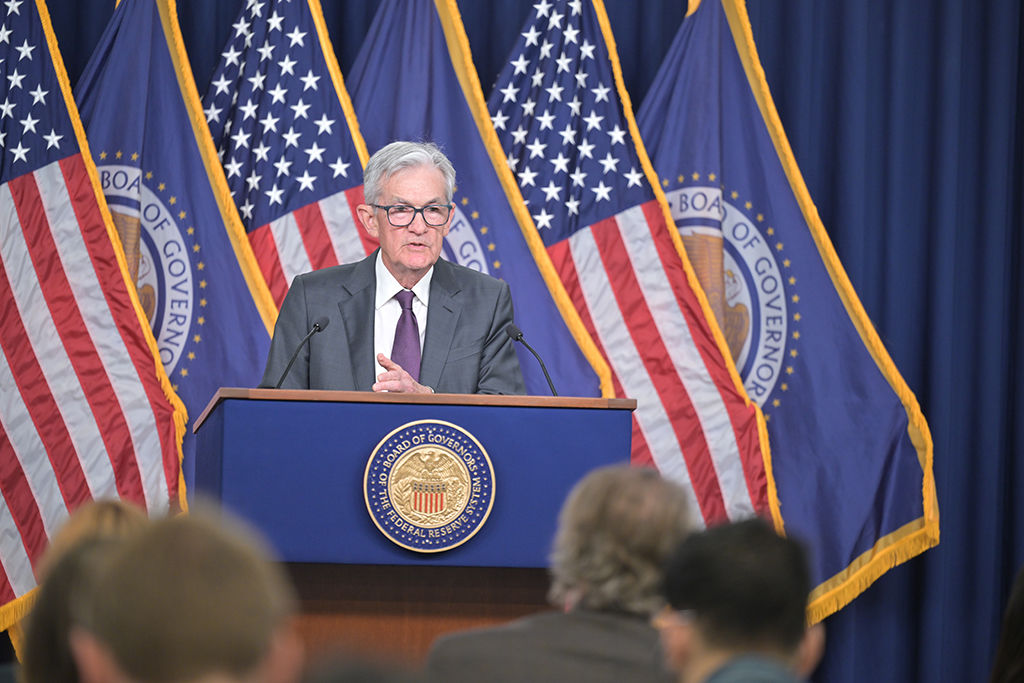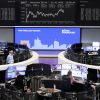Federal Reserve Chair Jerome Powell, known for decisive action in times of crisis, is signaling a different approach as the US economy navigates the turbulent waters of President Donald Trump’s trade policies.
From pledging unwavering support during the Covid-19 pandemic to delivering a stern message on inflation and swiftly backstopping financial markets after the Silicon Valley Bank failure, Powell has demonstrated a willingness to act when the situation demands it.
However, with Powell and the Fed facing as much uncertainty as the rest of the world about the direction of the economy under Trump’s leadership, the Fed chair indicated on Friday that this is not the moment for a “Fed put” – Wall Street’s term for interventions designed to prop up falling stock markets – even as household wealth erodes and real risks to economic activity mount.
Waiting and seeing: the Fed’s cautious approach
“There’s a lot of waiting and seeing going on, including by us, and that just seems like the right thing to do at a time of elevated uncertainty,” Powell stated, making it clear that the Fed is not poised to rush into interest rate cuts as it would during a more conventional crisis requiring a swift central bank response.
The March jobs report, released Friday, showed continued strong growth, although Powell noted that the figures predated Trump’s tariff announcements, adding to the uncertainty.
“It’s not clear at this time … the appropriate path for monetary policy,” he said, emphasizing that “We’re going to need to wait and see how this plays out.”
While stock price movements can impact the economy by affecting household wealth and shifting expectations, the dynamics of Trump’s policies have created a “blizzard of conflicting signals” that have left the Fed hesitant to commit to a particular course of action.
It has become a central tenet of modern central banking to act swiftly and decisively when a problem is clearly defined.
However, the Fed is equally determined to avoid taking steps that might later need to be reversed, a risk that Powell would run if he were to signal support for rate cuts to stabilize the economy at a time when higher inflation, and the potential need for rates to remain elevated, also looms as a significant threat.
A different kind of shock: trade policy as a wild card
Unlike past crises, which stemmed from disease, supply chain disruptions, or oil embargos, the current situation arises from a deliberate White House policy decision to impose tariffs on imports at levels far exceeding expectations, triggering retaliatory measures from China and the potential for further countermoves from other nations.
The emerging consensus is that Trump’s tariffs will hinder economic growth, if not trigger a full-blown recession.
JPMorgan recently joined the chorus of concerned voices, with its economists forecasting a 0.3% decline in full-year gross domestic product, a significant downgrade from an earlier estimate of 1.3% growth.
They also project that the unemployment rate will rise to 5.3% from its current level of 4.2%.
With the average tariff rate on the US’s roughly $3 trillion in annual imports set to potentially jump tenfold, from around 2.5% to 25% or higher, the initial impact is expected to be felt in prices, as producers and importers pass at least some of those costs along to consumers.
Economists anticipate that these higher prices will translate into headline inflation being a percentage point or more higher than it otherwise would be, further distancing it from the Fed’s 2% target.
As households and companies adjust to the higher prices, a slowdown in demand is expected to follow, creating a mix of higher inflation and slower growth – a scenario reminiscent of stagflation.
While Powell and other Fed officials do not believe they have reached a point where their ability to achieve their inflation target directly conflicts with their goal of maintaining low unemployment, they acknowledge the challenges.
“We’re not in a situation like we were in the 1970s,” Powell stated, referring to the period of double-digit inflation and relatively high unemployment.
“But the effects at the margin right now would be for higher inflation and perhaps higher unemployment,” Powell added, noting that “That’s difficult for a central bank” as these two challenges require opposing policy responses.
Until the economic path becomes clearer and the speed of travel is known, “it feels like we don’t need to be in a hurry.”
The post Fed on hold: Powell signals no rate cuts amid trade policy uncertainty appeared first on Invezz

